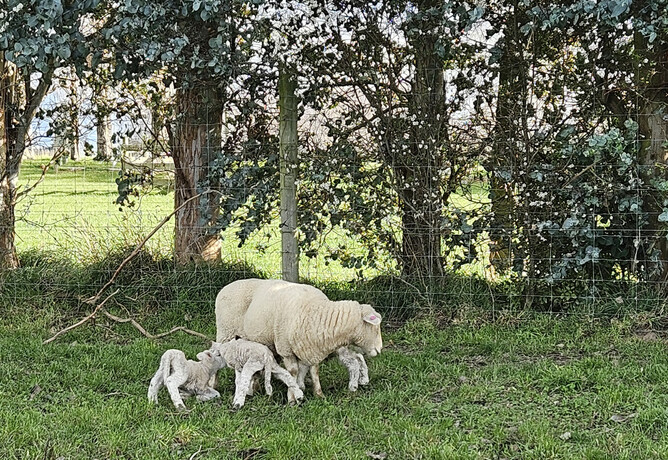With a very wormy Autumn this year, we expect there are a lot of parasites on our farms at the moment. We rely on the immunity of adult stock to mop these up and reduce the larval challenge.
When immunity is strong, stock will eat larvae, but these won’t progress into mature parasites. Or if they do, they produce fewer eggs and these eggs are less likely to survive once they are passed. That’s why we say these high-immunity animals are net consumers
of parasites.
However, during the stress of lambing, immunity drops. Ingested larvae can mature, and the mature parasites start producing a lot of eggs that are passed by the animal. The environmental temperature then affects the likelihood of these eggs surviving. Cooler weather (under 10°C) helps reduce how many of these eggs develop into larvae.
There are short and long-acting drench options to help your ewes fight parasites. Short-acting kills the worms that are already in the animal, while long-acting targets incoming worms – but only if that particular drench family works against them.
We’re reguarly talking with farmers about their options, aiming to drench only adults that need it. Body condition and feed availability are key factors to consider, and your farm management plays a part as well.
We’d love to talk this through with you as lambing approaches – give us a call for a chat.

